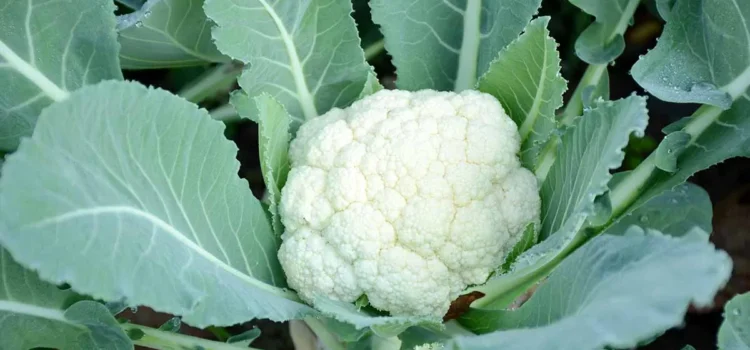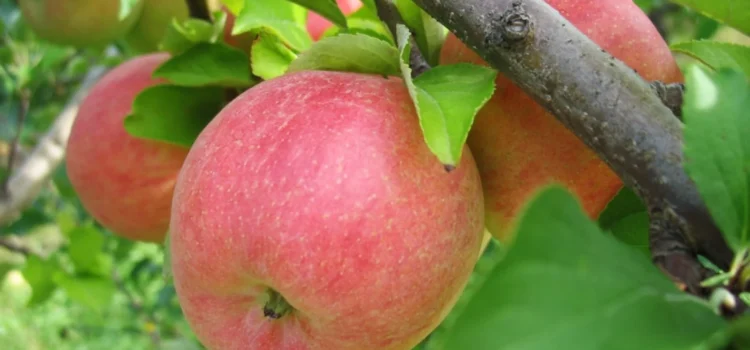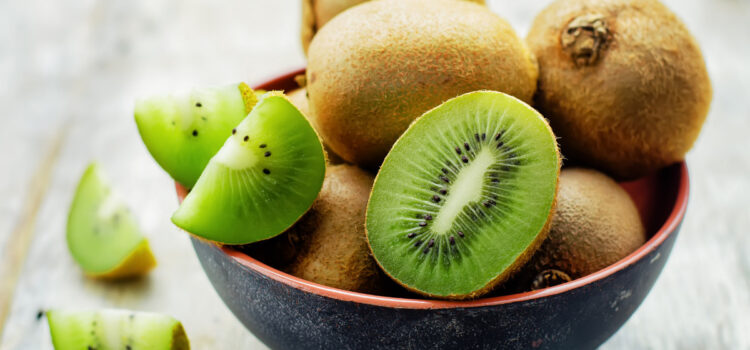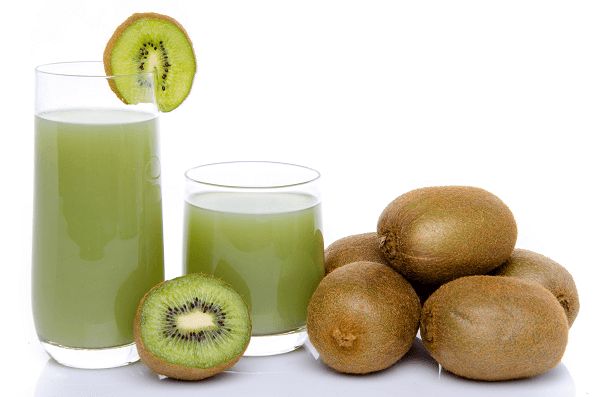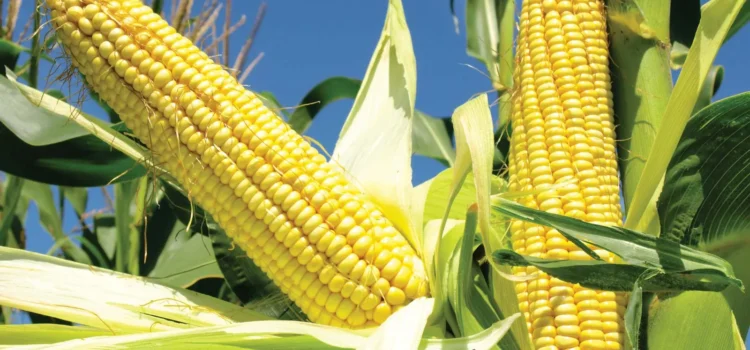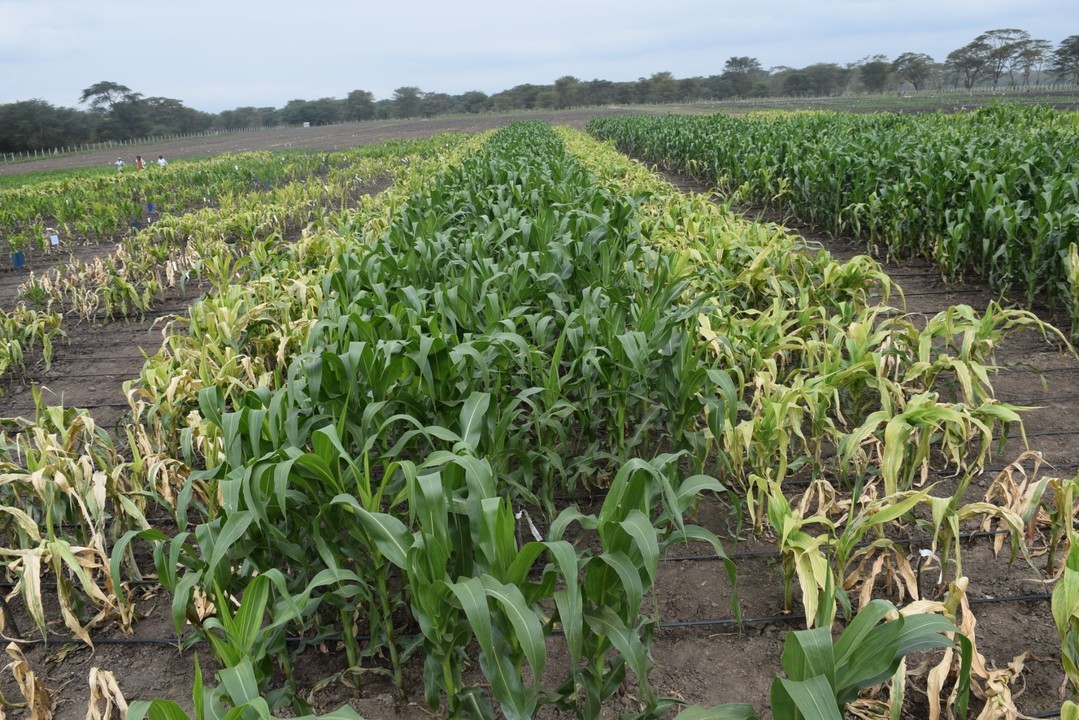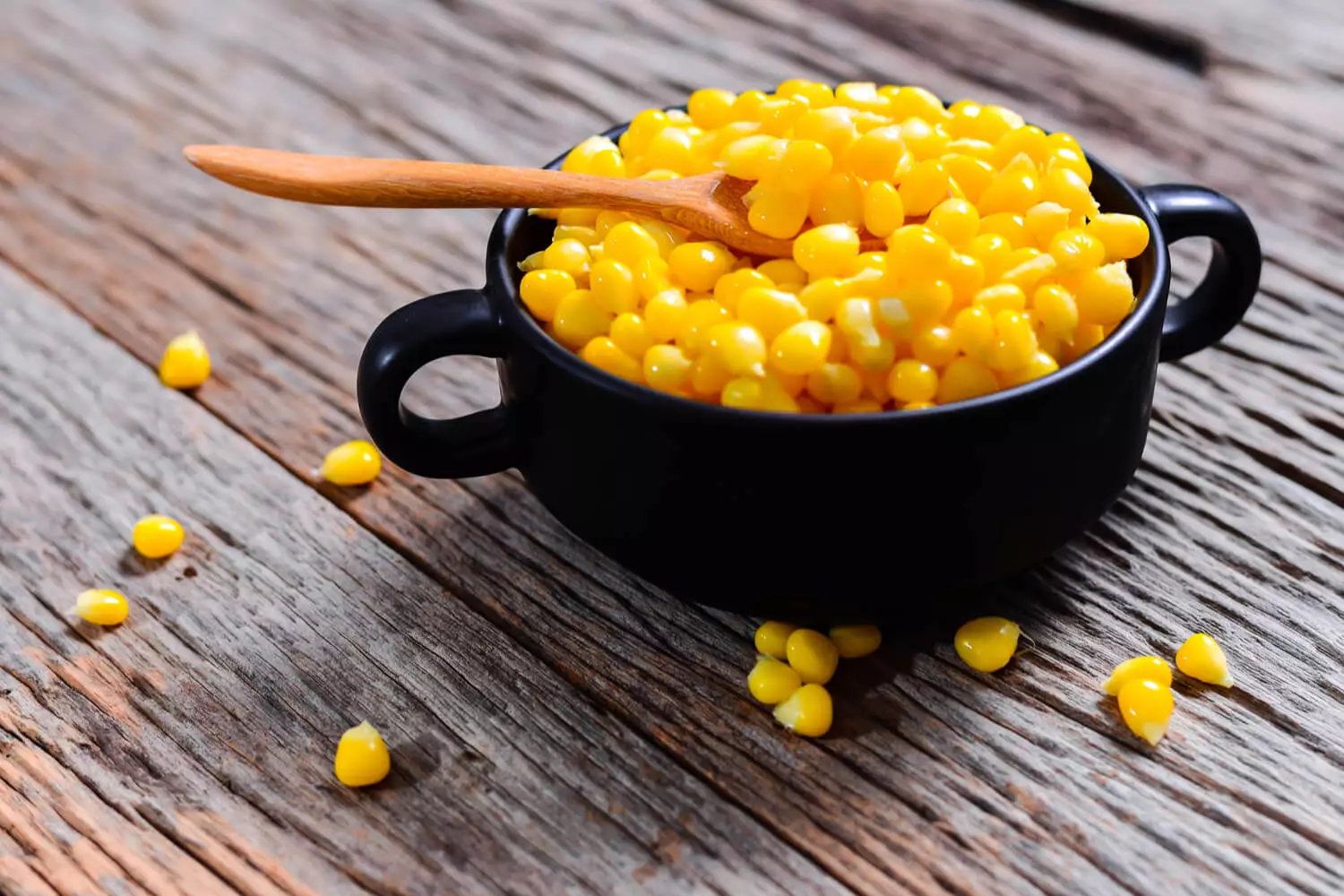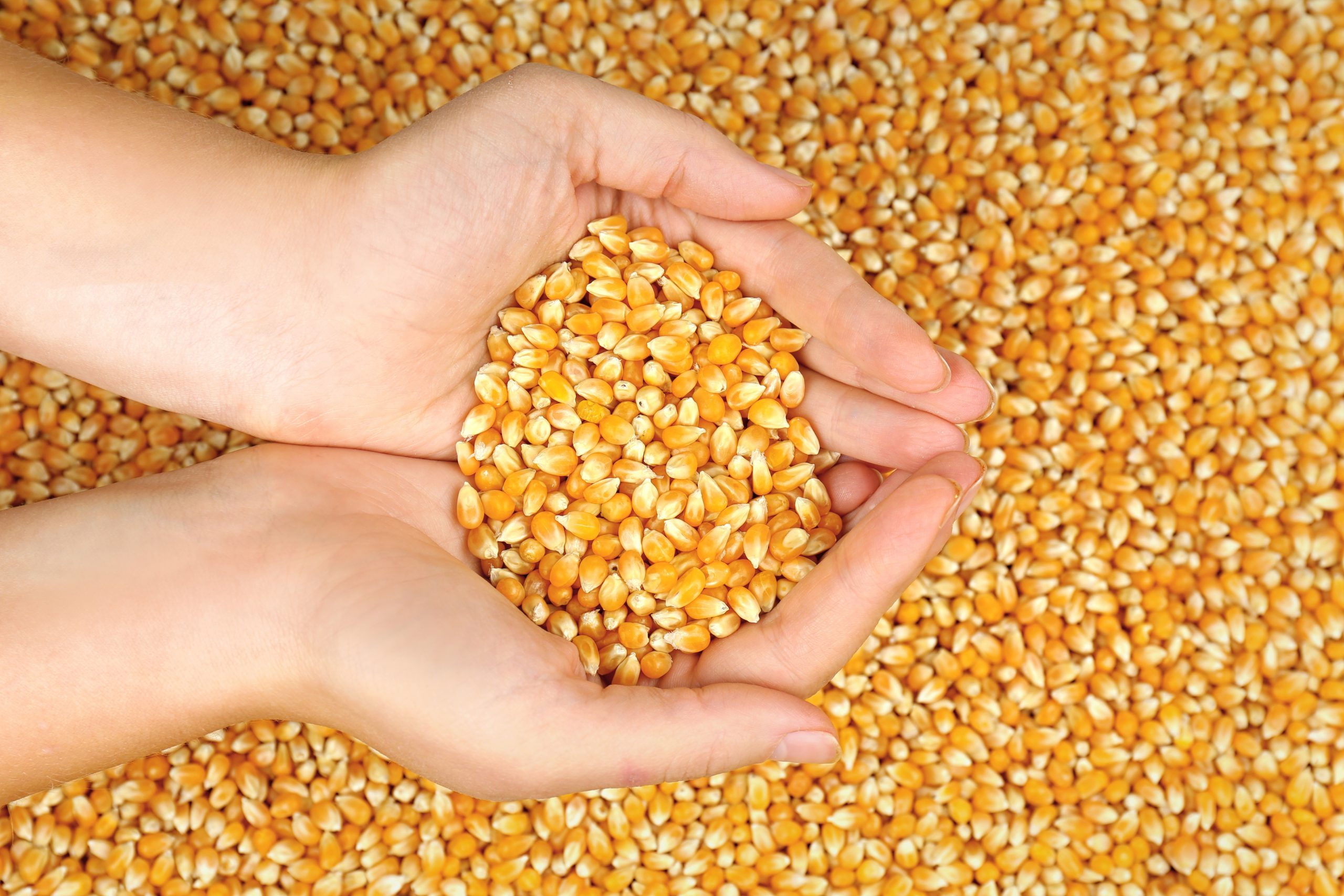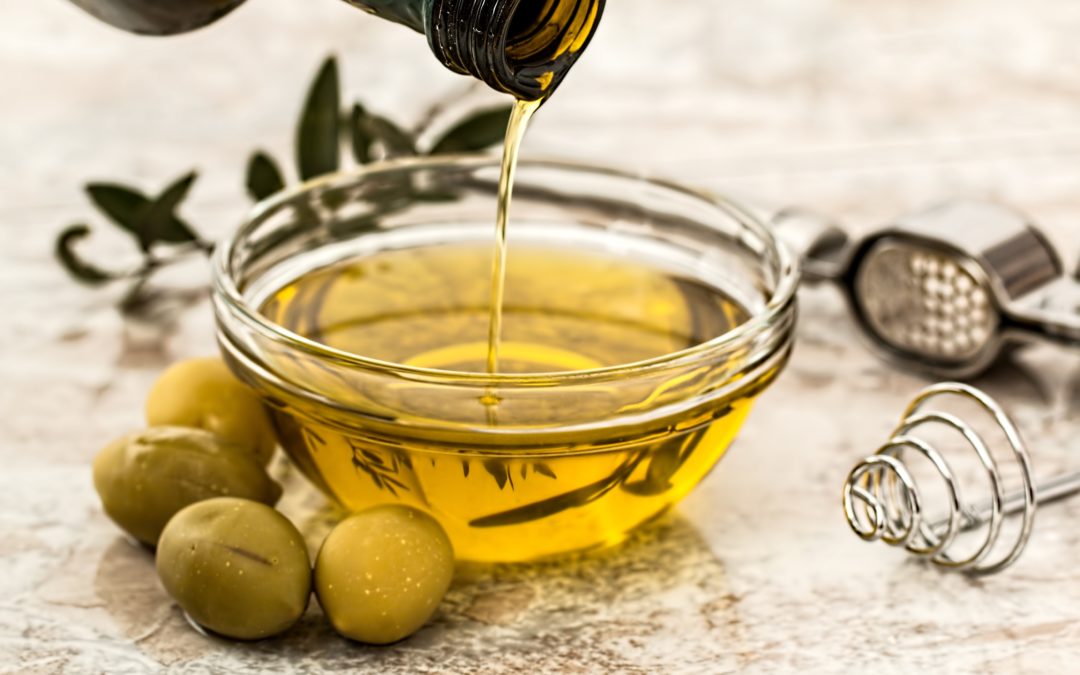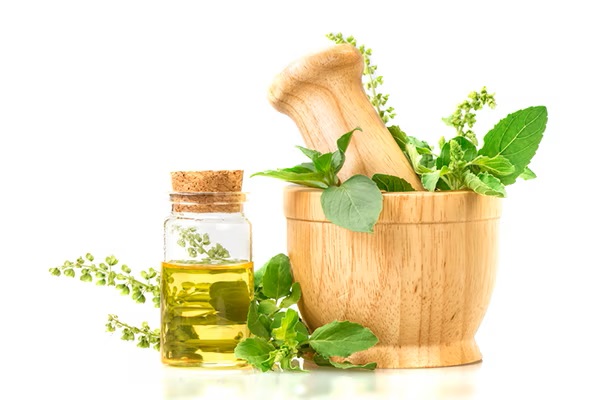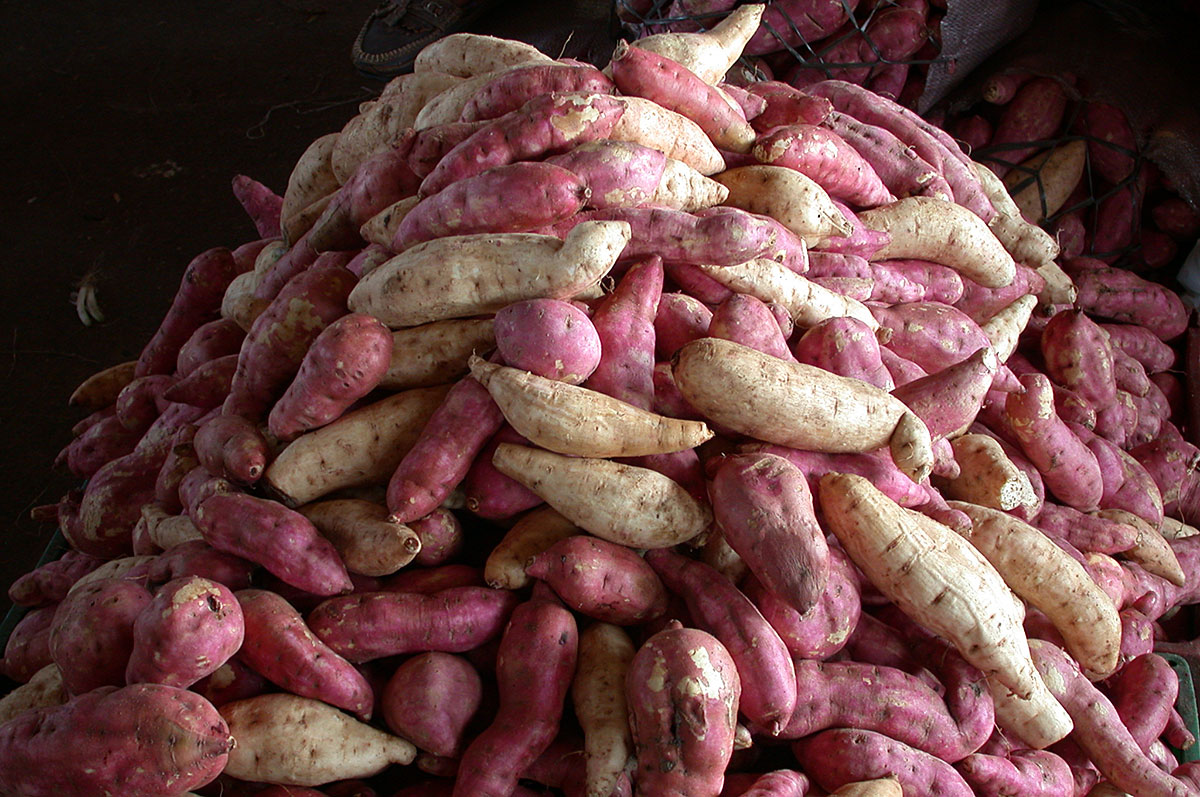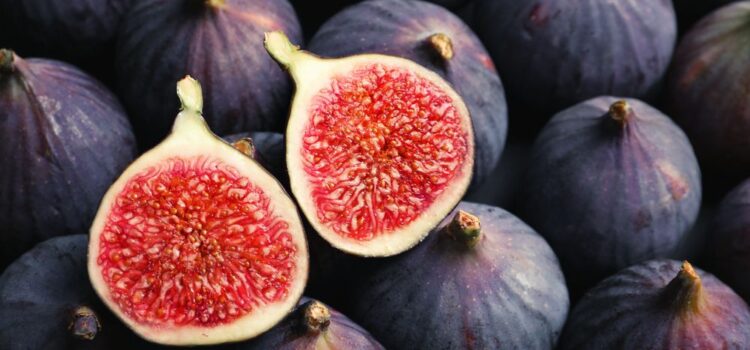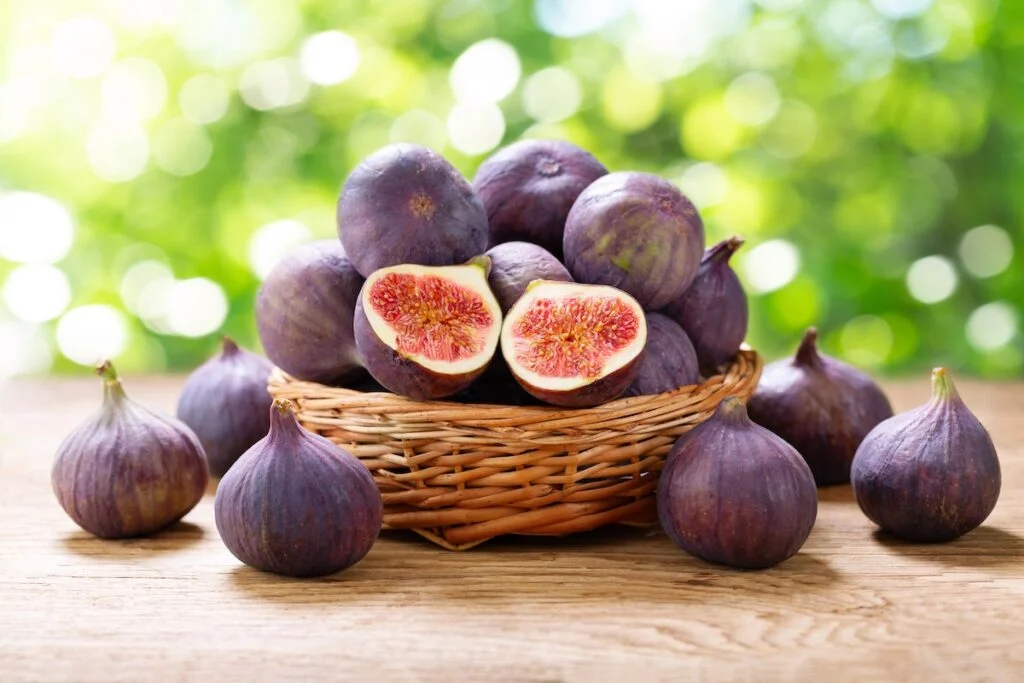Cauliflower Cultivation, Verities, Sowing Period, Pest & Diseases Management
Cauliflower is a versatile and nutritious vegetable belonging to the Brassicaceae family, a group that includes broccoli, cabbage, and kale. Its distinctive appearance features a compact, rounded head composed of tightly packed florets, often white or cream-colored, though it can also be found in other vibrant hues like orange, green, or purple. As a cruciferous vegetable, cauliflower is known for its health benefits and culinary flexibility.
In terms of nutrition, cauliflower packs a powerful punch. It is rich in essential vitamins and minerals, such as vitamin C, vitamin K, vitamin B6, folate, and potassium. Moreover, it is low in calories and carbohydrates, making it an excellent choice for those seeking a nutrient-dense option without adding excessive calories to their diet.
Cauliflower can be prepared in a myriad of ways, making it a highly versatile ingredient in the kitchen. It can be enjoyed raw as a crunchy snack, lightly steamed or boiled to retain its tender texture, roasted for a caramelized flavor, or mashed into a creamy side dish. Additionally, cauliflower’s neutral taste allows it to blend seamlessly with various spices and sauces, lending itself well to different cuisines and culinary creations.
Beyond its culinary merits, cauliflower is associated with numerous health benefits. Its high fiber content supports healthy digestion and may aid in maintaining a healthy gut. The vegetable’s abundance of antioxidants, such as beta-carotene and quercetin, may help reduce inflammation and protect against certain chronic diseases. Moreover, cauliflower contains bioactive compounds like sulforaphane, which have been studied for their potential anti-cancer properties, making it a valuable addition to a cancer-fighting diet.
When it comes to storage, fresh cauliflower can be kept in the refrigerator for several days, ensuring its quality and freshness. Though modern agricultural practices enable cauliflower to be available year-round in many regions, its peak season typically occurs during late summer and early winter when it thrives in cooler temperatures. In conclusion, cauliflower is not just a plain, ordinary vegetable; it is a nutritional powerhouse that offers a delightful array of culinary possibilities.
Its unique appearance and mild taste make it a favorite ingredient for health-conscious individuals and food enthusiasts alike. Whether enjoyed as a crunchy snack or incorporated into a variety of dishes, cauliflower continues to impress with its delightful taste and numerous health benefits, earning its place as a beloved vegetable in households and restaurants worldwide.
Here is the cauliflower cultivation process:
1. Selecting a Suitable Variety:
There are various cauliflower varieties available, each with its own characteristics like color, size, and maturity time. Choose a variety that suits your climate and soil conditions. Here are some popular cauliflower varieties:
- Snowball: Snowball cauliflower is one of the most well-known varieties. It produces compact, pure white heads and is an early maturing variety. It is a good choice for home gardeners and commercial growers alike.
- Purple Cauliflower: This variety has stunning purple or violet-colored heads, which are caused by the presence of antioxidants called anthocyanins. When cooked, the purple color fades to green. ‘Graffiti’ is a popular purple cauliflower variety.
- Orange Cauliflower: Also known as “Cheddar” cauliflower, this variety has bright orange heads due to its high content of beta-carotene. The color is retained even after cooking. ‘Orange Burst’ is a popular orange cauliflower variety.
- Romanesco: Romanesco cauliflower is famous for its unique appearance, with lime-green heads forming spiraled fractal patterns. It has a nutty flavor and is often considered a cross between broccoli and cauliflower.
- Green Cauliflower: Green cauliflower varieties, like ‘Alverda’ or ‘Green Goddess,’ have pale green heads and are milder in taste compared to white cauliflower.
- Mini Cauliflower: These varieties are bred for smaller head sizes, making them suitable for individual servings or snack-sized portions. ‘Mini Graffiti’ is an example of a small purple cauliflower variety.
- Late Season Varieties: Some cauliflower varieties are bred for late-season maturity, allowing growers to extend the harvest into the cooler months. Examples include ‘Snow Crown’ and ‘Autumn Giant.’
- All the Year Round: As the name suggests, this variety is bred to provide cauliflower harvests throughout the year, making it suitable for continuous cropping.
- Early Snowball Y: This variety is an improved version of the traditional Snowball cauliflower, with better disease resistance and uniform heads.
- Violet Queen: Another purple cauliflower variety, Violet Queen, has a vibrant violet color and good taste.
2. Sowing Time of Cauliflower in India
In India, the sowing time of cauliflower depends on the specific region and the prevailing climate. Cauliflower is a cool-season crop that prefers moderate temperatures for optimal growth. The best time to sow cauliflower seeds is during the cooler months when temperatures are not too high. Here are the general guidelines for cauliflower sowing time in different regions of India:
- Northern India: In northern regions of India, such as Punjab, Haryana, Uttar Pradesh, and parts of Rajasthan, the ideal time for sowing cauliflower is from mid-September to mid-October. This allows the plants to establish and develop heads during the cool winter months.
- Central India: In central states like Madhya Pradesh, Chhattisgarh, and parts of Maharashtra, cauliflower can be sown from late September to early November. The timing may vary slightly depending on the local climate and elevation.
- Eastern India: In states like West Bengal, Odisha, and Bihar, cauliflower can be sown from late September to mid-November. Again, the exact sowing time may vary based on local climate conditions.
- Western India: In Gujarat, Maharashtra, and parts of Rajasthan, cauliflower sowing can be done from mid-October to mid-November.
- Southern India: In southern states like Karnataka, Andhra Pradesh, Tamil Nadu, and Kerala, cauliflower can be sown from October to December. The cooler months of the year provide suitable conditions for cauliflower growth.
3. Climate and Soil Requirements:
Cauliflower prefers cool temperatures, ideally between 60°F to 70°F (15°C to 20°C), although it can tolerate a broader range. It requires well-drained, fertile soil with a pH level of 6.0 to 7.5. Incorporating organic matter into the soil before planting is beneficial.
4. Propagation:
Cauliflower can be grown from seeds or transplants. Starting seeds indoors and then transplanting the seedlings outdoors once they are about 4-6 weeks old is a common practice.
5. Planting:
The planting time depends on your location and the cauliflower variety you choose. In general, cauliflower can be planted in early spring or late summer to early fall. Spacing between plants should be about 18 to 24 inches (45 to 60 cm) to allow enough room for the heads to develop.
6. Watering:
Cauliflower needs consistent moisture to grow properly. Water the plants deeply and evenly, aiming to keep the soil consistently moist but not waterlogged.
7. Fertilizing & Manuring:
Proper fertilization is crucial for the successful growth of cauliflower. The application of fertilizers and manure should be based on the specific nutrient needs of the crop and the soil’s nutrient content. Conducting a soil test before planting can provide valuable information about the soil’s nutrient levels and help determine the appropriate fertilizer and manure doses. Here are some general guidelines for fertilizers and manure application in cauliflower cultivation:
- Organic Matter and Compost:
Before planting, incorporate well-rotted organic matter, such as compost, into the soil. This improves soil structure, enhances water retention, and provides a slow-release source of nutrients.
- Nitrogen (N):
Cauliflower requires a significant amount of nitrogen for vegetative growth and head development. The nitrogen requirement is highest during the early growth stages. You can apply nitrogen-based fertilizers such as urea or ammonium sulfate at the rate of 1 to 1.5 pounds per 100 square feet (about 450-680 grams per 1 square meter) of growing area.
- Phosphorus (P):
Phosphorus is essential for root development and overall plant health. Apply phosphorus-rich fertilizers, such as superphosphate, according to soil test recommendations. A general guideline is to apply about 0.5 to 1 pound (about 225-450 grams) of phosphorus per 100 square feet (1 square meter) of growing area.
- Potassium (K):
Potassium helps with overall plant vigor and disease resistance. Apply potassium-rich fertilizers, such as potassium sulfate or potassium chloride, according to soil test recommendations. Typically, you can apply around 1 to 1.5 pounds (about 450-680 grams) of potassium per 100 square feet (1 square meter) of growing area.
- Manure:
Well-composted or aged manure can be used to improve soil fertility. The amount of manure required depends on the nutrient content of the manure and the soil’s nutrient needs. As a rough estimate, you can apply about 2 to 3 pounds (about 900-1360 grams) of well-composted manure per 100 square feet (1 square meter) of growing area.
- Micronutrients:
Cauliflower also benefits from micronutrients like boron, zinc, and magnesium. If the soil test indicates deficiencies in these micronutrients, consider applying appropriate micronutrient fertilizers at recommended rates.
- Split Application:
For best results, consider splitting the fertilizer application into multiple doses. Apply a portion of the fertilizer before planting and divide the remaining amount into two or three additional applications throughout the cauliflower’s growth stages.
8. Pest and Disease Control:
When dealing with pests and diseases in cauliflower cultivation, it’s essential to approach the use of chemicals with caution. The excessive and indiscriminate use of chemical pesticides can have negative effects on the environment, beneficial insects, and human health. Integrated Pest Management (IPM) is a recommended approach, which combines various methods to control pests and diseases effectively while minimizing the use of chemicals.
However, in some cases, when pests or diseases become severe and other methods fail to control them, farmers may resort to the targeted use of pesticides. Here are some common chemical treatments used for specific pests and diseases in cauliflower:
- Bacillus thuringiensis (Bt): This natural bacterial pesticide is effective against caterpillars and can be used to control cabbage worms, which are common pests in cauliflower cultivation.
- Neem Oil: Neem oil is a botanical insecticide that works against a wide range of pests, including aphids, whiteflies, and caterpillars.
- Pyrethrin: Pyrethrin is derived from chrysanthemum flowers and is effective against many insect pests, including aphids, caterpillars, and beetles.
- Spinosad: Spinosad is a natural insecticide derived from soil bacteria and is used to control caterpillars and leaf-mining insects.
- Copper-based Fungicides: Copper-based fungicides are used to control fungal diseases like downy mildew and leaf spot.
- Chlorothalonil: Chlorothalonil is a broad-spectrum fungicide used to control various fungal diseases in cauliflower, including black rot and white mold.
- Metalaxyl-M: This chemical is effective against damping-off disease caused by certain soil-borne fungi.
When using chemical treatments, it is crucial to follow the manufacturer’s instructions carefully, including the recommended application rate, timing, and safety precautions. Always wear appropriate protective gear when handling and applying chemicals, and avoid spraying during windy conditions or when beneficial insects are active.
Additionally, it’s important to rotate the use of different pesticides to prevent the development of pesticide resistance in pests. Integrated Pest Management (IPM) practices should be the foundation of pest and disease control strategies, including the use of cultural practices, biological control (e.g., introducing beneficial insects), and mechanical methods before resorting to chemical treatments. Regular scouting and monitoring of the cauliflower crop will help identify problems early and allow for timely intervention. Consulting with local agricultural experts or extension services can provide valuable guidance on pest and disease management specific to your region.
9. Blanching:
To maintain the cauliflower’s white color, you can use a process called blanching. When the curd (the edible head) reaches about 2 to 3 inches (5 to 7.5 cm) in diameter, gather the surrounding leaves and tie them loosely over the curd. This protects it from sunlight and prevents it from turning yellow.
10. Harvesting:
Harvesting time varies depending on the cauliflower variety, but it typically takes around 60 to 100 days from planting. Harvest the heads when they are fully developed, compact, and still firm. Cut the heads off using a sharp knife, leaving a short stem.
10. Storage:
Cauliflower can be stored for a few weeks in the refrigerator. It’s best to keep it in a plastic bag with some ventilation holes to maintain freshness.

